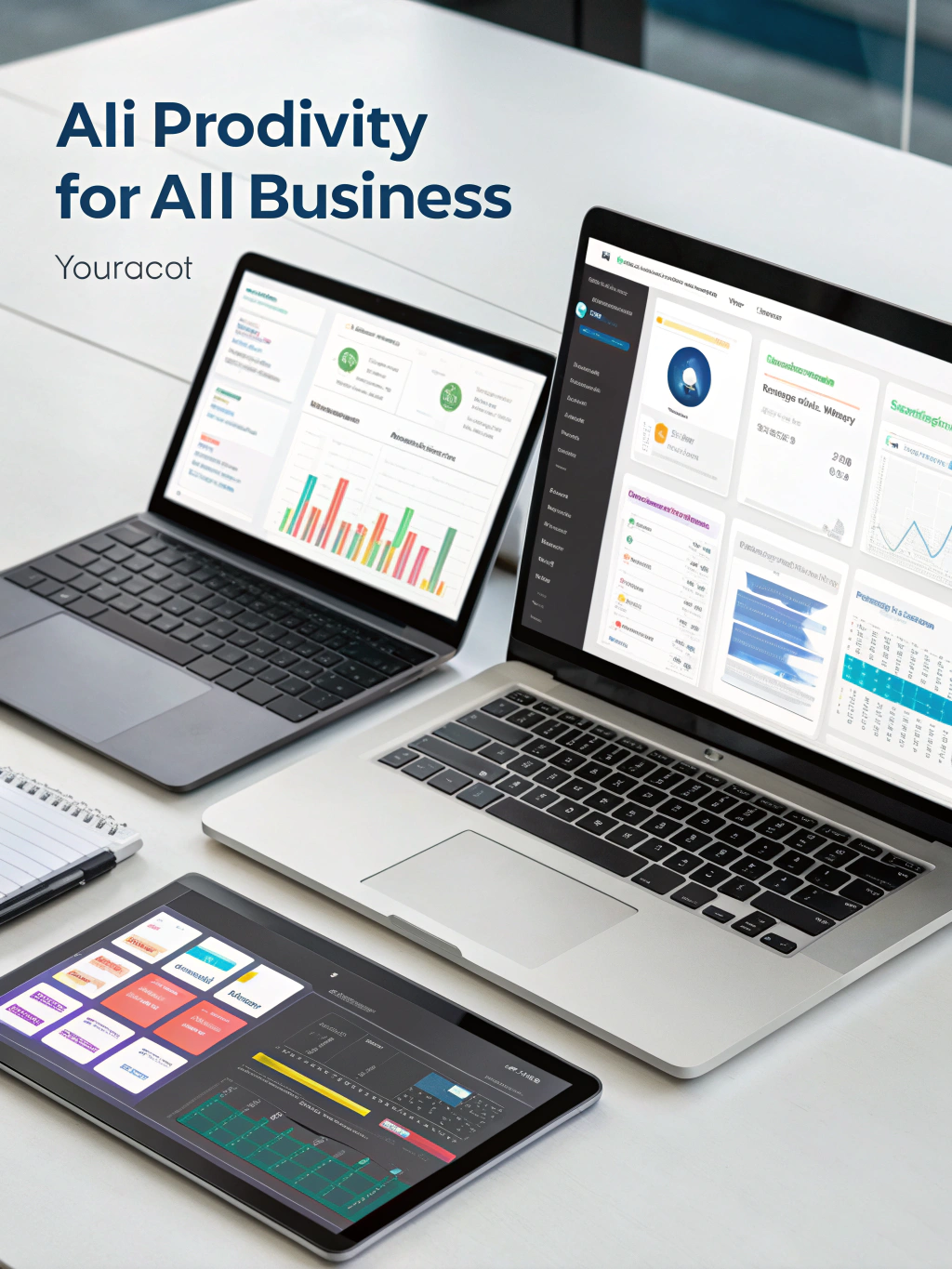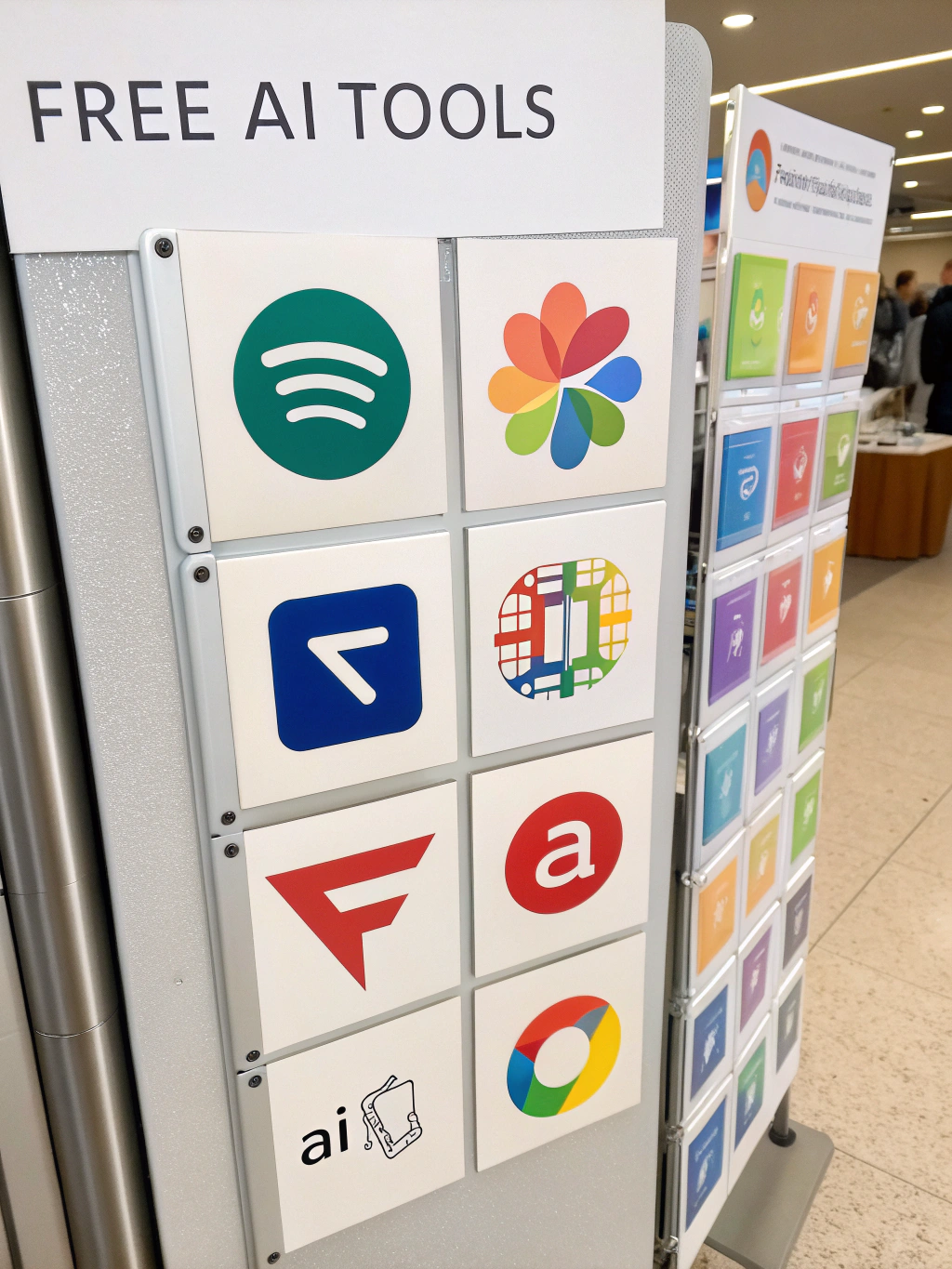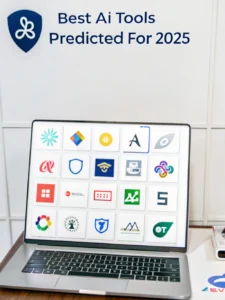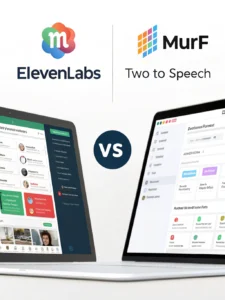Democratizing Wealth: How AI is Transforming Investment Platforms

Are Traditional Investment Strategies
Becoming Obsolete? Exploring the Rise of AI-Powered Investment Platforms
Democratizing Wealth
The world of finance is undergoing a seismic shift. For decades, investment decisions relied heavily on human analysts, market intuition, and historical data. But what happens when algorithms can process vast amounts of information at lightning speed, identifying patterns and opportunities invisible to the human eye? This isn’t a futuristic fantasy – it’s the reality of AI-Powered Investment Platforms. The question isn’t if AI will play a larger role in investing, but how quickly and how profoundly. This transformation is driving innovation across the financial landscape, impacting both individual investors and institutional players. We’ll delve into the core of this revolution, exploring key concepts, market data, practical applications, and the potential pitfalls to navigate in this rapidly evolving space.
Key Concepts & Trends
The evolution of AI-Powered Investment Platforms is intrinsically linked to several cutting-edge trends. At its core lies Algorithmic Trading, where computer programs execute trades based on pre-defined instructions. However, modern platforms go far beyond simple rule-based trading. They leverage machine learning (ML) to adapt to market fluctuations, learn from past performance, and predict future trends.
Consider sentiment analysis, a key ML application. These platforms analyze news articles, social media posts, and financial reports in real-time to gauge market sentiment. Positive sentiment might trigger buy orders, while negative sentiment could prompt sell orders. This is a significant leap from traditional news interpretation, which is often subjective and delayed.
Another important trend is robo-advisor integration. These platforms use algorithms to build and manage investment portfolios based on an individual’s risk tolerance, financial goals, and time horizon. Companies like Betterment and Wealthfront have pioneered this space, demonstrating significant user growth and impressive returns.
Furthermore, we’re seeing an increased adoption of natural language processing (NLP) to enhance user interaction. Investors can now ask questions about their portfolios or market trends using plain English, and the AI can provide insightful responses. This democratization of financial knowledge is a game-changer.
Data & Market Insights
The market for AI-Powered Investment Platforms is experiencing exponential growth. A recent report by Grand View Research forecasts the global AI in investment management market to reach $28.1 billion by 2030, growing at a CAGR of 22.5% from 2023. This surge is fueled by increasing demand for personalized investment solutions, improved risk management, and enhanced trading efficiency.
Image of a chart showcasing the growth of the AI in Investment Management market
(Note: A relevant image should be inserted here. The above URL is a placeholder)
According to a McKinsey study, firms using AI in investment management can achieve a 15-20% reduction in operational costs and a 10-15% improvement in investment returns. This demonstrates the tangible financial benefits of adopting these technologies. In the cryptocurrency space, AI-driven platforms are increasingly used for portfolio optimization, risk assessment, and automated trading strategies. The complex and volatile nature of crypto markets makes AI capabilities particularly valuable.
Smarter Strategies & Alternatives
Beyond simply adopting a readily available platform, savvy investors are also exploring integrating AI tools into their existing workflows. This could involve using AI-powered analytical tools for fundamental analysis or leveraging machine learning models to identify arbitrage opportunities.
Another promising strategy is the use of alternative data sources. Traditional investors rely on financial statements and market data. AI can process alternative data like satellite imagery (to track retail foot traffic), credit card transaction data, and social media trends to gain a more comprehensive view of market dynamics.
For small businesses, there are increasingly affordable AI-powered investment tools that can assist with retirement planning, portfolio diversification, and tax optimization. Robo-advisors are offering plans tailored to smaller investment amounts, making AI-driven financial management accessible to a wider audience. It’s crucial to remember that while AI offers powerful tools, Human oversight and understanding of market context are essential.
Use Cases & Applications
The practical applications of AI-Powered Investment Platforms are diverse and rapidly expanding. Hedge funds are using AI for high-frequency trading, identifying complex patterns in market data and executing trades with minimal latency. Institutional asset managers are employing AI to improve portfolio construction, risk management, and client service.
Startups are developing innovative AI-driven platforms for specific investment niches, such as private equity or venture capital. These platforms use AI to screen potential investment opportunities, conduct due diligence, and monitor portfolio companies.
In the DeFi space, AI is being used to improve smart contract security, optimize lending and borrowing strategies, and detect fraudulent activities. AI-powered risk assessment models are becoming increasingly important for navigating the volatile world of decentralized finance.
Common Mistakes to Avoid
While the potential of AI-Powered Investment Platforms is significant, several common mistakes can derail success. One prevalent error is relying solely on algorithmic recommendations without understanding the underlying logic. Investors must maintain a fundamental understanding of their investments and not blindly follow AI-generated suggestions.
Another pitfall is neglecting data quality. AI models are only as good as the data they are trained on. Inaccurate or incomplete data can lead to flawed predictions and poor investment decisions.
Finally, failing to adapt to changing market conditions is a critical mistake. AI models need to be regularly retrained and updated to remain effective in a dynamic environment. A static AI strategy will quickly become outdated.
Maintenance, Security & Long-Term Planning
Maintaining the performance and security of AI-Powered Investment Platforms is crucial. Regularly monitoring model performance, validating predictions, and addressing any biases are essential tasks. Cybersecurity is paramount, especially when dealing with sensitive financial data. Platforms should implement robust security measures to protect against data breaches and cyberattacks.
Diversification remains a core principle of sound investment strategy, even with AI assistance. Relying on a single AI model or investment strategy can increase risk. Regularly reviewing and adjusting portfolio allocations to maintain a balanced risk profile is vital. Staying abreast of evolving regulations surrounding AI in finance is also a critical long-term planning consideration.
Summary & Key Takeaways
AI-Powered Investment Platforms are transforming the financial landscape, offering unparalleled opportunities for enhanced investment strategies and improved decision-making. From algorithmic trading and robo-advisors to alternative data analysis and DeFi applications, AI is reshaping how we invest.
However, it’s crucial to approach AI with a balanced perspective, combining its power with human expertise, rigorous data validation, and a proactive approach to risk management. The future of investing is undoubtedly intertwined with AI, and those who embrace these technologies thoughtfully will be best positioned to thrive.
Ready to delve deeper? Share your thoughts on the role of AI in investing in the comments below! Want to explore related tools? Check out our article on AI-Powered Investment Platforms.
FAQs
Is it too late to invest in crypto? While the crypto market has experienced volatility, many experts believe that the underlying technology has strong long-term potential. However, it’s essential to conduct thorough research and understand the risks before investing.
How can small businesses use AI? Small businesses can leverage AI for various tasks, including customer service (chatbots), marketing automation, and financial forecasting. AI-powered investment platforms can also help with retirement planning or managing business accounts.
What tech stacks scale best? Cloud-native architectures, microservices, and containerization technologies like Docker and Kubernetes are generally considered to scale best for financial applications.
Share this content:














Post Comment